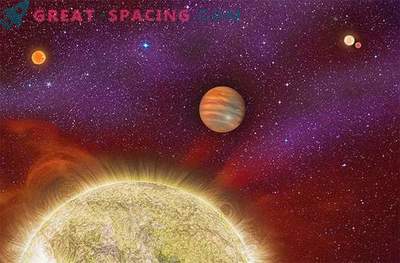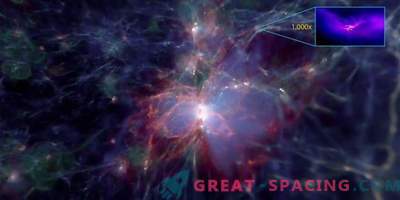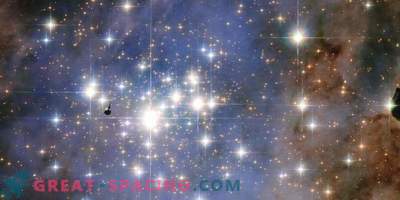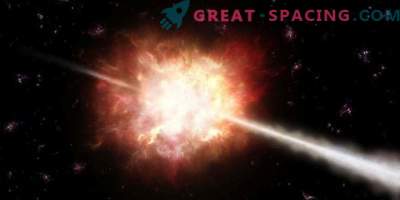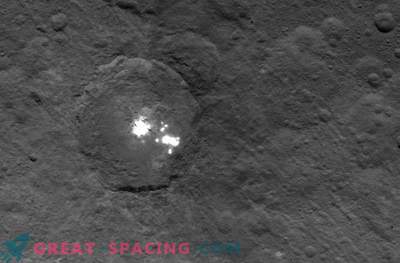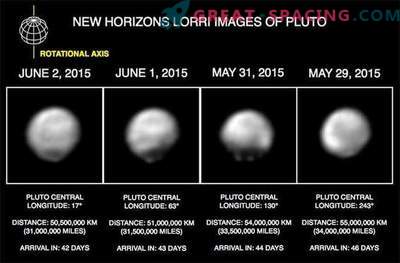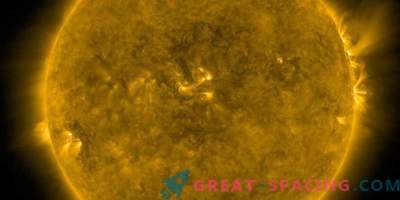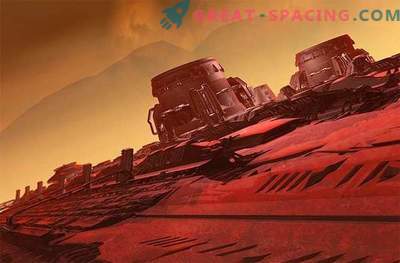
ATERUI II Supercomputer for Astronomy
On June 1, 2018, the Cray XC50 supercomputer, nicknamed NS-05 “ATERUI II”, began work. It is considered the world's fastest supercomputer for astrophysical simulations. ATERUI II stimulates a wide range of astronomical phenomena inaccessible to observational astronomy. This allows you to boldly go where no man has ever walked: from the birth of the universe to the death of a star.
Scientists note that computational astronomy is gaining popularity in many areas. ATERUI II is expected to be able to study the Universe with more realistic simulations. ATERUI II is a massive parallel supercomputer and the 5th generation system operated by the National Astronomical Observatory of Japan (NAOJ). Combining 40,000 cores allows you to quickly perform calculations. Performance ATERUI II is three times better than the previous system ATERUI. The high-speed network guarantees astronomers access from home institutions. This year, participation from 150 users is expected. ATERUI II will deal with complex issues. For example, a supercomputer is able to calculate mutual gravitational forces among 200 billion stars in the Milky Way, and not to unite them into groups, as other simulations do. As a result, ATERUI II will be able to generate a full-scale high-resolution model of our galaxy.
Computational astronomy is still considered a young discipline compared to observational, where scientists use telescopes to observe celestial objects and phenomena, or theoretical, where researchers describe the Universe in terms of mathematical and physical laws. But the rapid development of modern technology brought the discipline as the third pillar of space exploration.









